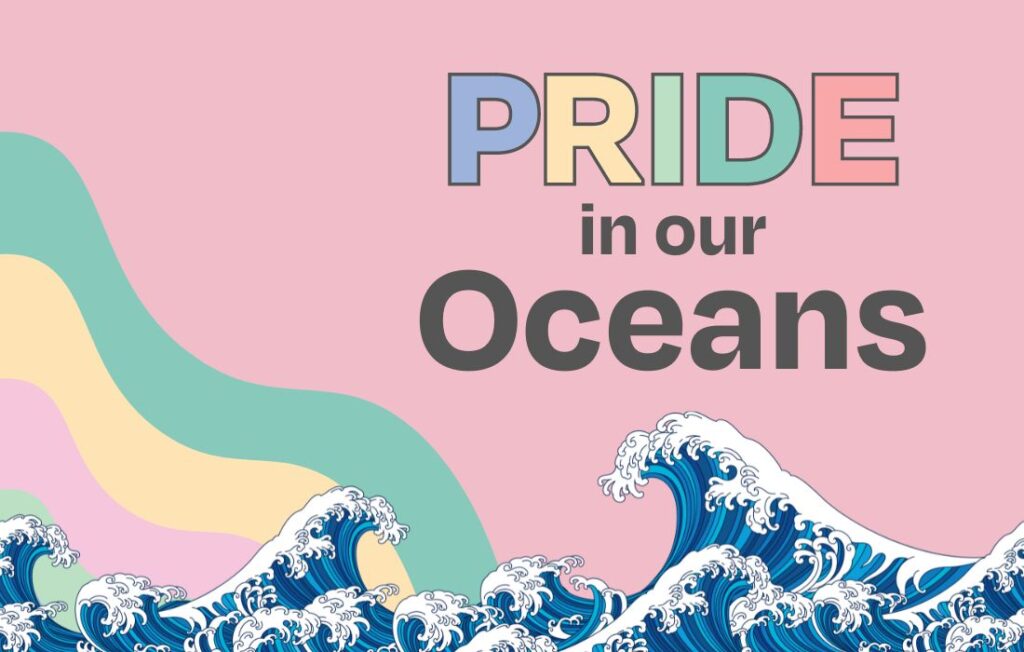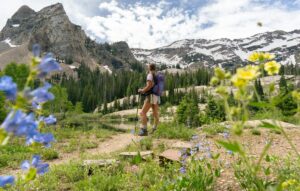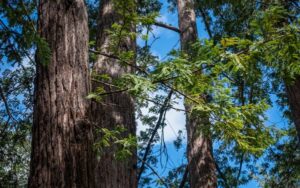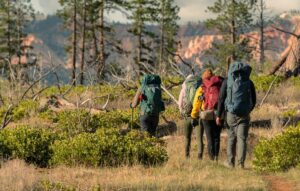
Rachel Carson is credited as one of the earliest founders of modern environmentalism. With a background in marine science and zoology from John Hopkins University, Carson was hired by the US Bureau of Fisheries in 1936 (only the second woman to work there) where she developed public-facing educational materials about aquatic life and the nature of our oceans.
Her first three published books included Sea Wind (1941), The Sea Around Us (1951), and The Edge of the Sea (1955)—all on topics relating to the ocean. As a result of these works, she won multiple awards and gained public admiration and popularity.
However, it wasn’t until her book Silent Spring was published in 1962, covering the harms of pesticides on public and environmental health during the post-agricultural boom in America, that she developed renowned fame for her criticism of the human attempt to “master” nature. This work is often credited as the catalyst for what has become today’s environmental movement. Despite attempts from chemical companies to discredit her expertise and paint her as a hysterical woman, 15 million people tuned into her 1963 television special on CBS.
Sadly, she died a year later at the age of 56 from cancer—a disease she frequently attributed to the chemicals she criticized in her work.
Despite keeping her personal life very private, we do know that Rachel Carson shared a significant relationship with a woman by the name of Dorothy Freeman, who she regularly exchanged letters with. It is from these letters, published in a book in 1995 by Freeman’s granddaughter, that Carson has been credited—not only as one of the foremost environmentalist thinkers and communicators—but as a queer scientist and trailblazer.
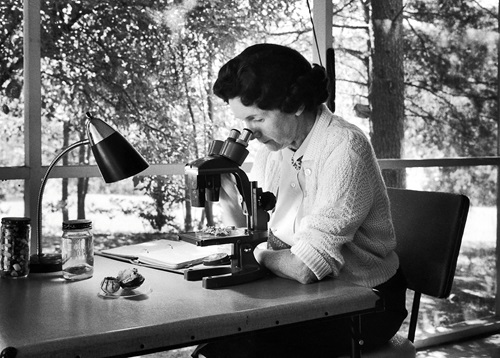
The influence of Carson’s work cannot be understated; it has largely shaped how we see and talk about human impact on our environment. It started conversations that are still happening today about environmental protection, human wellness, and what the future might look like for us all should we not make immediate change. Today, we continue to push these conversations forward, building on these theories of change, and working toward protecting the natural world around us—following a legacy that Rachel Carson began many years ago.
It is a curious situation that the sea, from which life first arose should now be threatened by the activities of one form of that life. But the sea, though changed in a sinister way, will continue to exist; the threat is rather to life itself.
Rachel Carson
